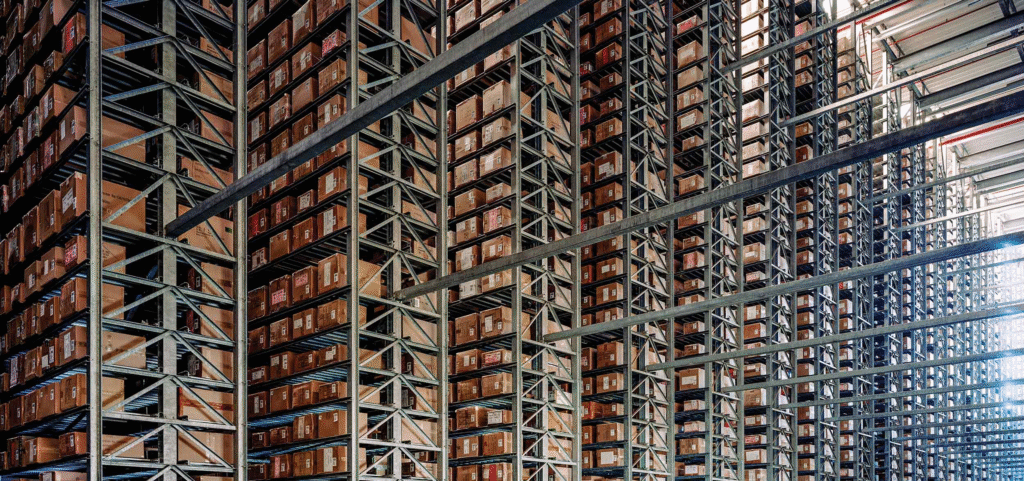Now Reading: Global Supply Chains Are Shifting Here’s What Businesses Must Do 2025
-
01
Global Supply Chains Are Shifting Here’s What Businesses Must Do 2025
Global Supply Chains Are Shifting Here’s What Businesses Must Do 2025

Table of Contents
As global economies rebound and consumer expectations reach new heights, companies around the world are being forced to rethink their supply chain strategies. The traditional systems that once met demand efficiently are now being tested in unprecedented ways. From raw material shortages to port delays and rising transportation costs, the pressure is mounting.
Experts suggest that supply chains must now evolve, not just to manage current demand, but to remain competitive in the face of growing global consumption, geopolitical tensions, climate change, and rapid technological advancements.
The Growing Demand Challenge
Consumer demand has grown steadily since the pandemic recovery began. E-commerce, global trade, and industrial production have all contributed to this rise. According to a report by the World Bank, global trade in goods increased by 5.3% in 2024 alone, putting significant strain on existing supply chain networks.
Retailers and manufacturers are struggling to balance just-in-time inventory models with new realities of unpredictable supply and logistical hurdles. Warehouses are often either understocked or overstocked due to inaccurate forecasting, and transportation delays can cascade into broader disruptions.
“Traditional supply chains were designed for stability and cost-efficiency,” says Anjali Mehra, a supply chain consultant based in Mumbai. “Now, resilience and agility have become more important than ever.”
Why Old Strategies No Longer Work

The old model focused heavily on low-cost sourcing, often from overseas suppliers. This helped keep prices down but created a fragile web easily disrupted by events like a global pandemic, trade wars, or natural disasters. The COVID-19 crisis revealed major cracks in the global supply network — from chip shortages in electronics to medical supply bottlenecks.
Even post-pandemic, challenges continue. For instance:
- The Suez Canal blockage in 2021 caused weeks of shipping delays.
- Political instability in Eastern Europe has affected energy and commodity flows.
- Global inflation and rising fuel costs have increased logistics expenses.
These events have forced companies to look beyond just price when making supply chain decisions.
Emerging Supply Chain Trends
To meet growing demand without risking further disruptions, businesses are embracing new strategies:
1. Nearshoring and Regionalization
More companies are moving production closer to end markets. Nearshoring reduces transportation time and costs, while also lowering risk exposure from distant regions. For example, several U.S. companies are investing in Mexico, while European firms look toward Eastern Europe and North Africa.
2. Digital Transformation
Advanced analytics, AI-driven forecasting, and real-time tracking tools are improving supply chain visibility. Businesses can now monitor inventory levels, shipments, and supplier performance in real time, allowing faster and more accurate decision-making.
3. Multi-Sourcing Strategy
Instead of relying on a single supplier or region, companies are diversifying their vendor base. This ensures that if one supply line is disrupted, others can fill the gap. Multi-sourcing also promotes competition, driving better pricing and service.
4. Sustainability and Green Logistics
Environmental concerns are pushing companies to build more sustainable supply chains. This includes using electric trucks, optimizing delivery routes to cut emissions, and sourcing materials responsibly. Governments and consumers alike are putting pressure on businesses to lower their carbon footprint.
5. Inventory Buffers and Demand Forecasting
Rather than just-in-time models, some companies are building inventory buffers or safety stock to cushion against demand spikes. Others are investing in better demand forecasting tools to anticipate needs more accurately.
India’s Role in Global Supply Chains
India is emerging as a key player in the reshaped supply chain landscape. With rising labor costs in China and increasing geopolitical tensions, global companies are turning to India for manufacturing and services.
Initiatives like ‘Make in India’ and PLI (Production Linked Incentive) schemes are attracting foreign investment in sectors like electronics, textiles, and automotive. Logistics infrastructure is also improving through projects like Gati Shakti and Dedicated Freight Corridors, enhancing connectivity and reducing lead times.
India’s large domestic market adds another advantage. As demand within India grows, local supply chains must evolve to meet rising expectations in speed, quality, and service.
Challenges Ahead
Despite progress, several challenges still threaten supply chain stability:
- Skilled labor shortages in manufacturing and logistics sectors
- Cybersecurity risks from increasing digitalization
- Limited warehouse space in high-demand urban areas
- Lack of standardization in small-scale supplier networks
To overcome these issues, businesses will need stronger partnerships with governments, better workforce training, and investment in infrastructure and innovation.
The Road Ahead: Adapt or Fall Behind

The evolving landscape makes one thing clear: businesses that fail to modernize their supply chains risk being left behind. Agile, tech-driven, and diversified strategies will become the new normal.
“The future of supply chains lies in balancing efficiency with resilience,” says Mehra. “Those who plan ahead, invest smartly, and embrace innovation will be the ones to thrive.”
From consumer goods to heavy industries, companies must now prepare for a world where demand may keep growing but only those who adapt will be able to deliver.
Final Thoughts
The global economy is entering a new phase of complexity and opportunity. Businesses must move from reactive to proactive approaches in managing supply chains. With smarter tools, better data, and more localized networks, companies can not only survive but succeed in this evolving era.
Read More:- Deyaar’s Latest Announcement Shakes Up the UAE Property Market






















